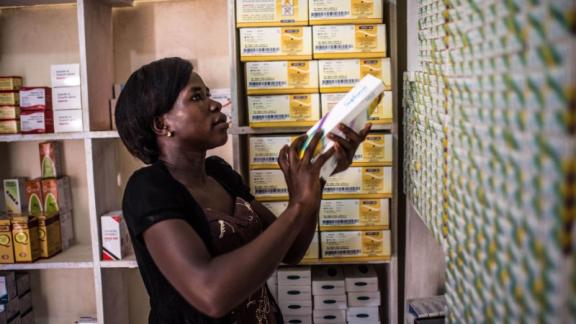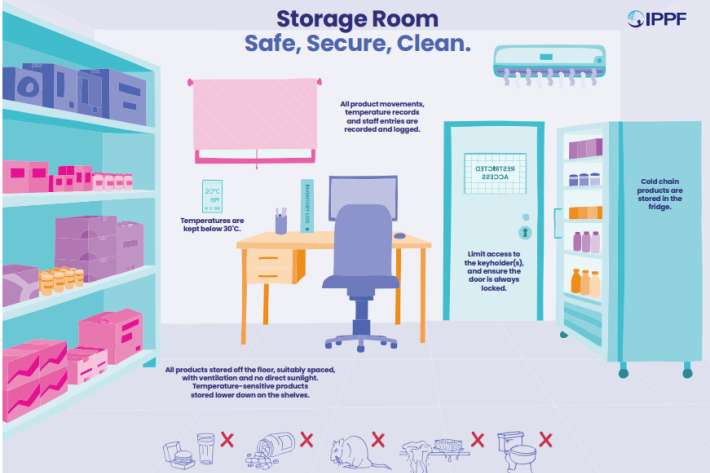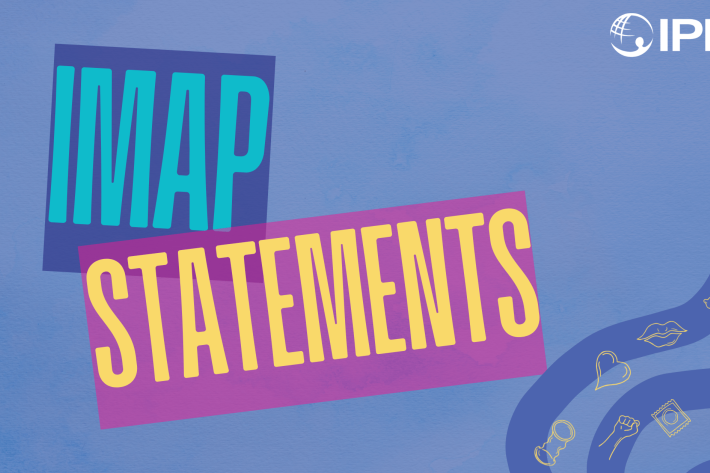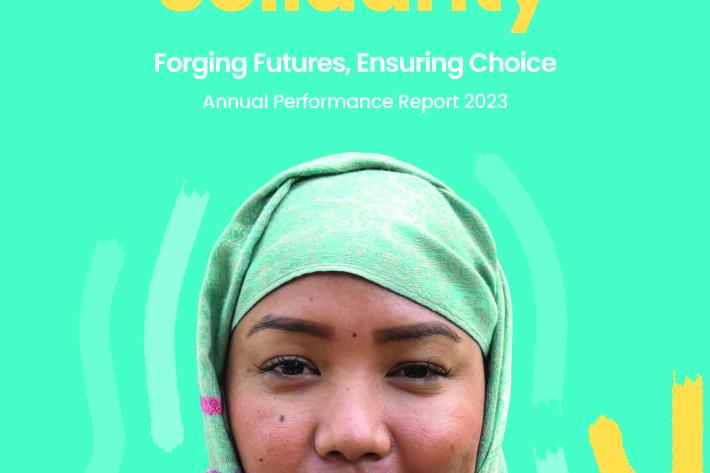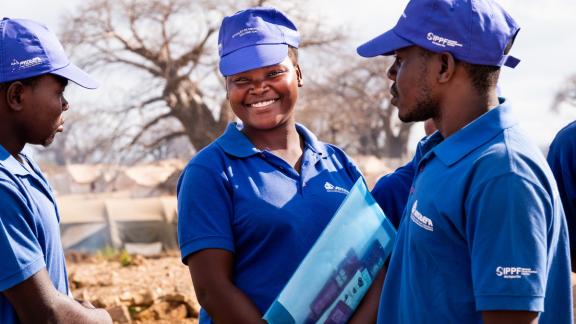Spotlight
A selection of resources from across the Federation
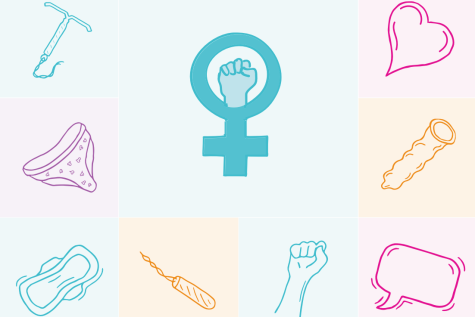
Technical Brief: Designing and Delivering Inclusive, Rights-Based Sexual and Reproductive Healthcare to Transgender and Gender Diverse People
This technical brief outlines key recommendations across several sexual and reproductive health service areas to promote access to inclusive care for transgender and gender diverse people.
Filter our resources by:
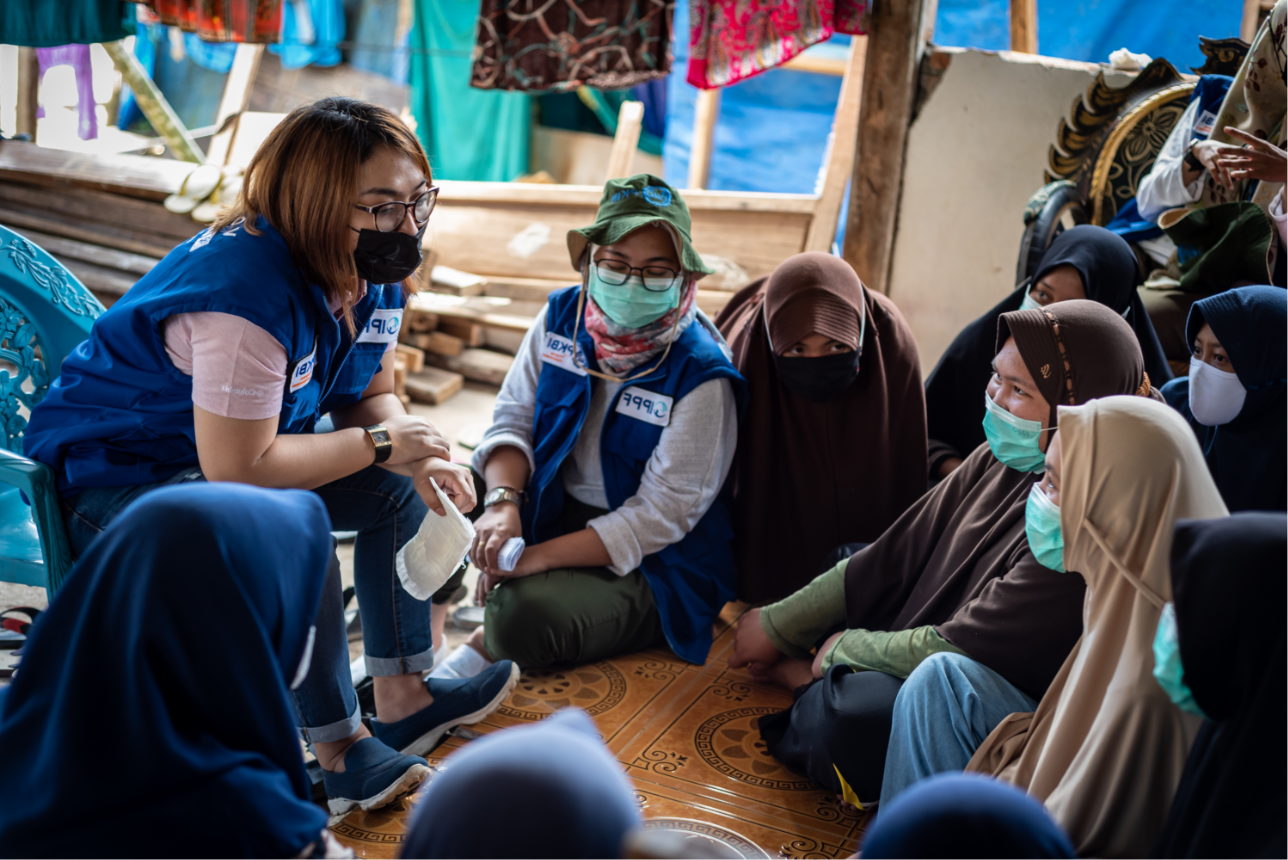
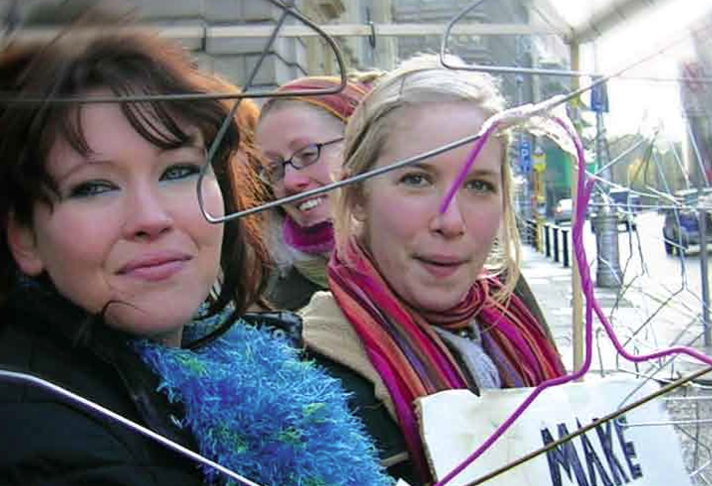
| 10 May 2012
Access to Safe Abortion: A tool for assessing obstacles
An assessment tool that professionals and other interested people can use to become aware of legal and other obstacles that make access to safe abortion difficult or impossible

| 10 May 2012
From Evidence to Action: Advocating for comprehensive sexuality education
From evidence to action: advocating for comprehensive sexuality education defines CSE, answers common questions and sorts fact from fiction connects good quality CSE to global health goals promotes approaches which recognise young people’s lived experience links to reports on what works and what obstructs CSE and SRHR goals provides a checklist of activities for CSE advocates "Good sexuality education is essential to help young people to prepare for healthy and fulfilling lives. High quality information and comprehensive sexuality education can equip them with the knowledge, skills and attitudes they need to make informed choices now and in the future; to enhance their independence and self-esteem; and to help them to experience their sexuality and relationships in a positive and pleasurable way." There is evidence that CSE is effective and that abstinence-only approaches are ineffective. Evidence can provide the basis for promoting new thinking, and changing national approaches to teaching by demonstrating that a rights-based approach is a highly successful teaching methodology. It answers these questions: What is CSE? Why do it? What should it include? How can we deliver it? How can we advocate for it? This resource can help develop a greater understanding of IPPF’s vision for rights-based CSE; provide the evidence base for CSE, identifying successful characteristics, approaches and outcomes; support advocacy work with practical advice on creating the climate for CSE programmes; respond to challenges and difficult questions on comprehensive sexuality education from members of the community, addressing opposition and resistance; and create a better understanding of the links between comprehensive sexuality education and HIV prevention, human rights, health outcomes and global health goals. Young people need a realistic approach to their sexual and reproductive health: looking at psychological, socio-cultural and ethical dimensions and beyond the simply biological. CSE programmes should be rights-based; address gender and pleasure; provide choice; develop critical thinking skills; and reach vulnerable and marginalised groups. Includes: a checklist of activities to advocate for CSE ways in which comprehensive sexuality education helps further global health goals including gender equality, maternal health and combating HIV/AIDS international human rights conventions and documents that support the case for CSE links to HIV prevention a reading list of research and briefings on CSE answers to a range of common questions and myths about young people, sexual health and sexuality education answers to questions about the how, when, where and what of sexuality education A checklist of activities to advocate for comprehensive sexuality education p.16
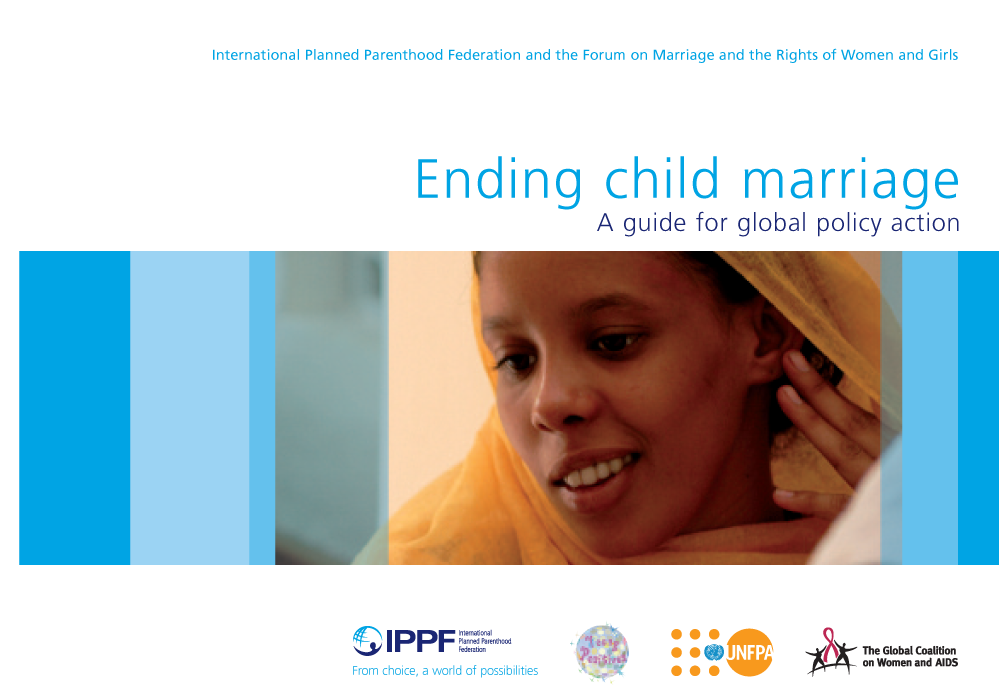
| 10 May 2012
Ending Child Marriage
The persistent neglect of vulnerable girls and child brides in parts of South Asia, Africa, the Middle East and Latin America is a direct reflection of the failure of our collective responsibility to protect the human rights of vulnerable young people. Ending Child Marriage: A Guide for Global Policy Action makes a strong case for international action, and strengthens the advocacy efforts of development practitioners and women’s and children’s rights activists to end child marriage.
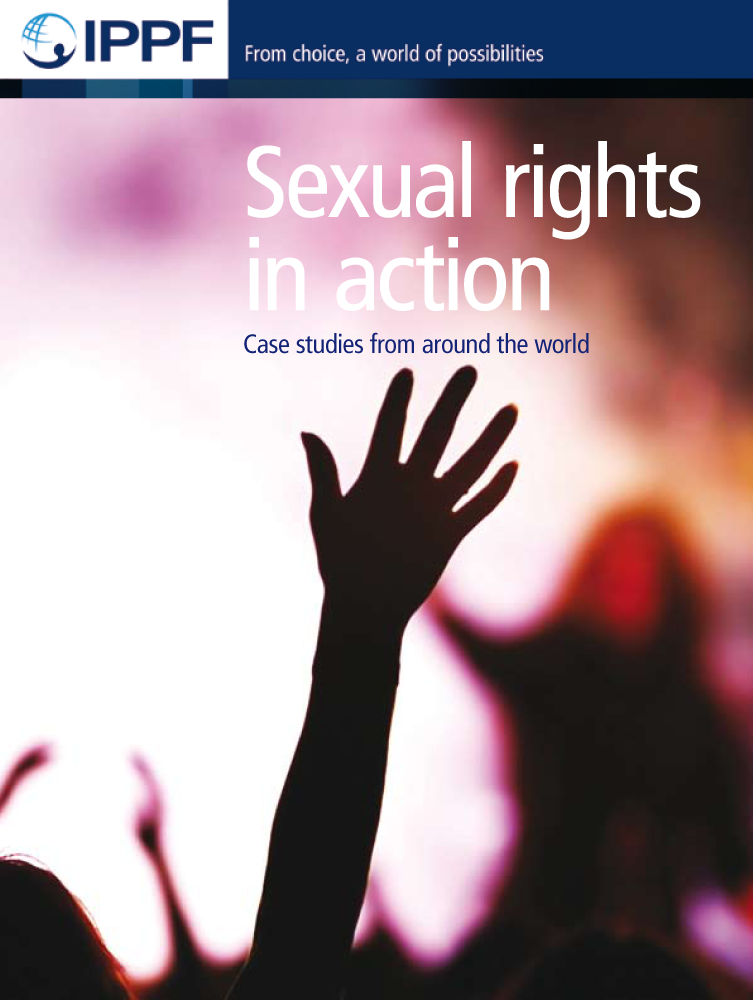
| 10 May 2012
Sexual Rights in Action: Case studies
These case studies from around the world show sexual rights in action. They demonstrate the positive impact that the realization of sexual rights can have on people’s lives, as well as the shattering individual cost when these rights are denied.

| 10 May 2012
IPPF Financial Statement 2010
Financial statements for 2010 include an executive summary; the report of the Governing Council; the report of the independent auditors to the Governing Council; financial activities; balance sheets; cash flow statement; and notes to the financial statements.
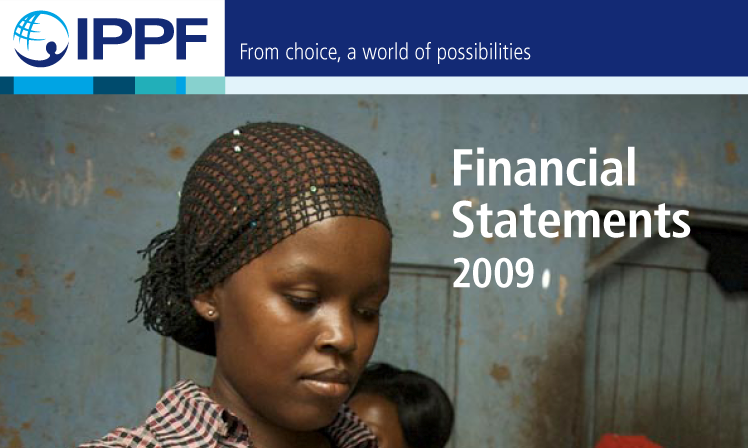
| 04 May 2012
IPPF Financial Statement 2009
Financial statements for 2009 include an executive summary; the report of the Governing Council; the report of the independent auditors to the Governing Council; financial activities; balance sheets; cash flow statement; and notes to the financial statements.
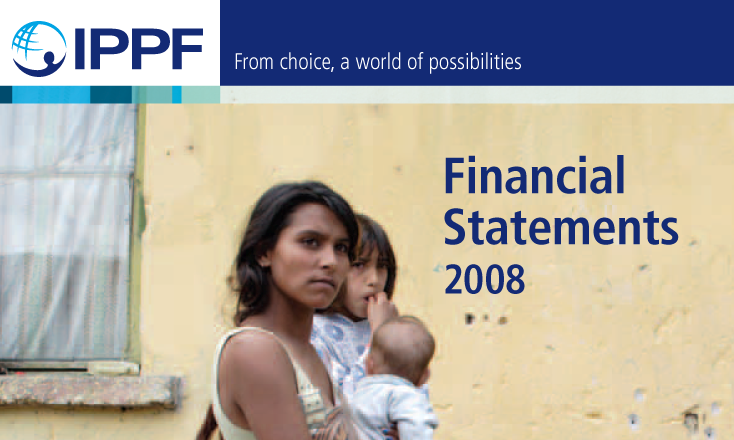
| 04 May 2012
IPPF Financial Statement 2008
Financial statements for 2008 include an executive summary; the report of the Governing Council; the report of the independent auditors to the Governing Council; financial activities; balance sheets; cash flow statement; and notes to the financial statements.

| 03 May 2012
Rights of People Living with HIV: A guidance package
Imperatives of both human rights and public health require that health care and legal systems support the sexual and reproductive health and rights of people living with HIV. This Guidance Package, developed by people living with HIV, describes the important issues and key areas for change. Going forward, legislators, government ministries, international organizations, donors, and community - and faith-based organizations - with the continued input and guidance of people living with HIV, must work together to put in place the services and legal supports that will build better sexual and reproductive health for everyone.

| 03 May 2012
IPPF Sexual Rights Declaration Pocket Guide

| 02 May 2012
Sexual Rights: An IPPF declaration (abridged)
The IPPF declaration is grounded in and informed by international agreements such as United Nations Conventions. This abridged version to be used in conjunction with IPPF's original Sexual Rights Declaration.







